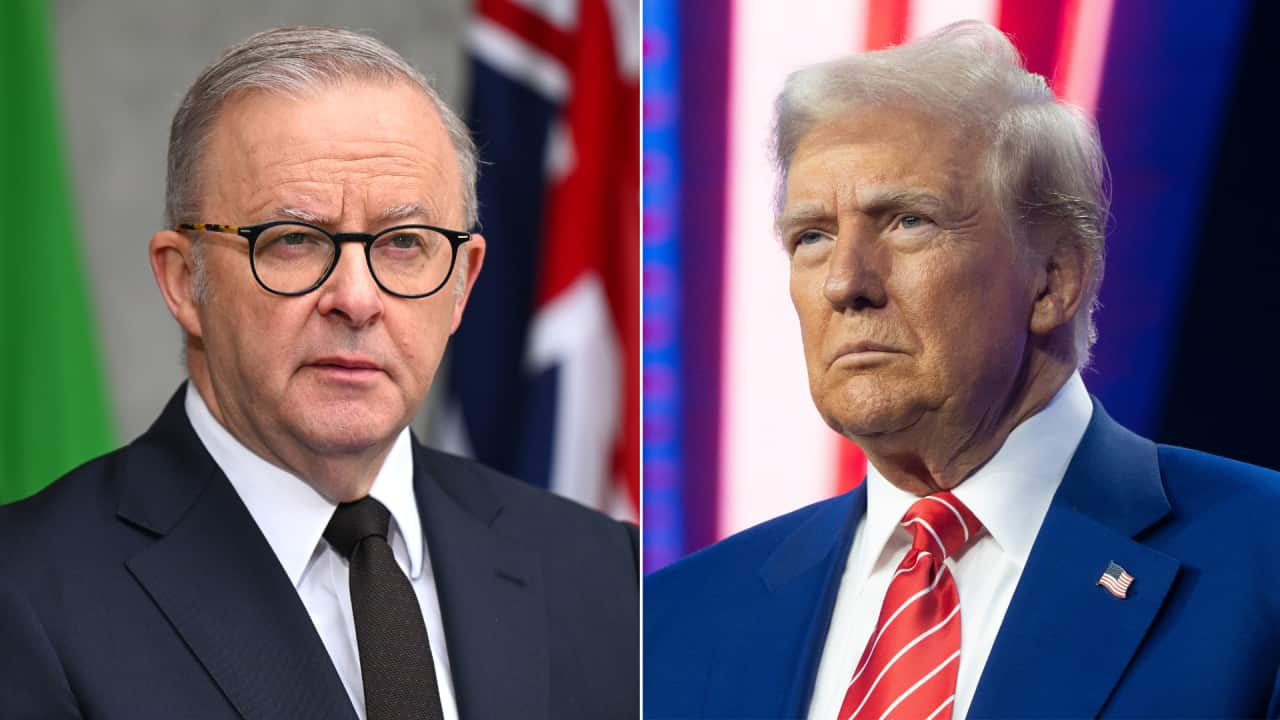Meetings of the Council of Australian Governments, or COAG, can often be tense affairs.
Prime Minister Scott Morrison has tried to start the latest one on the right note, announcing an extra $1.25 billion in health funding to state and territory leaders as they gathered for the meeting in Adelaide.
Even then, West Australian premier Mark McGowan was not happy he heard of the announcement on Twitter, not from the Prime Minister himself.
But the main item for discussion for the nation's leaders this time around was always going to be migration levels.
Mr Morrison had recently raised the idea of reducing the nation's immigration levels.
Any aims he has towards that suffered a blow, perhaps, when his own adviser, Australian National University demographer Peter McDonald, told the meeting migration levels should stay where they are.
Professor McDonald said, instead of cutting them, infrastructure needs to be stepped up.
Mr Morrison says he has not committed himself to an answer yet but that a recent speech in Sydney offers a good indication.
"I'm waiting to see the work that is done and the input we get from the states. But in the address I gave, the Bradfield Address I gave in Sydney, I think I left a pretty good hint that, where it's currently running, which is well below the cap, may well be where we end up."
Australia currently is taking in around 160,000 migrants a year.
That number is, as the Prime Minister indicated, below the limit, currently 190,000.
At the COAG meeting, the leaders have agreed to work towards establishing a national framework at managing Australia's population growth.
Migration was on the agenda largely because of the efforts of New South Wales premier Gladys Berejiklian.
She has cited a disconnect between migration levels set by the federal government and what happens when migrants actually arrive in Australia.
Ms Berejiklian says they rely on services funded largely by state governments, such as roads, schools and public transport, and says her state, as the nation's largest, takes an unfair portion of the migration burden.
Saying it puts too much pressure on the state's infrastructure, she has welcomed states and territories having a greater say on migration levels and where migrants are allowed to settle.
"I think that's important for all of us to have a greater say in those issues, because, at the end of the day, it's when the states have good input into what our needs are, into the process, that proper planning can happen."
Victorian Premier Daniel Andrews, the most prominent Labor Party head of government in the nation, has often emerged recently as the most prominent state-based critic of the federal Coalition Government.
But he was not criticising the approach taken at the COAG meeting.
He says what has been agreed upon is historic.
"I think, today, we've agreed on the clearest link ever between a proper population policy and a proper conversation and agreements about the infrastructure that we need. We've agreed today, in the clearest terms perhaps ever, between state, territory and the national government."
However, Mr Andrews did suggest earlier in the day the infrastructure problems of states and territories facing heavy migration to their big cities often stem from federal funding cuts to states and territories.
Smaller states and territories say, far from being a burden on infrastructure, more migrants would help them fill jobs and expand their local economies.
South Australian premier Steven Marshall says, while each state or territory has its own needs, his state wants more migrants.
Northern Territory chief minister Michael Gunner says many professions cannot be adequately staffed in his part of the country because too few people live there.
"We want more people to call the Northern Territory home. To speak as a champion of the north -- to the top of WA (Western Australia), all of the Northern Territory and the top of Queensland -- we produce half the nation's exports from 5 per cent of the population. More people equals more jobs. This goes to having a vision for this nation, having a better, stronger, more resilient, diversified economy. This is good for all of us."
Dr Jasvinder Sidhu is lecturer with Federation University. His work is around migration sustainability.
He says, “It’s unfair to settle migrants in an area which lacks infrastructure and can’t be called a world-class destination for skilled migrants.”




